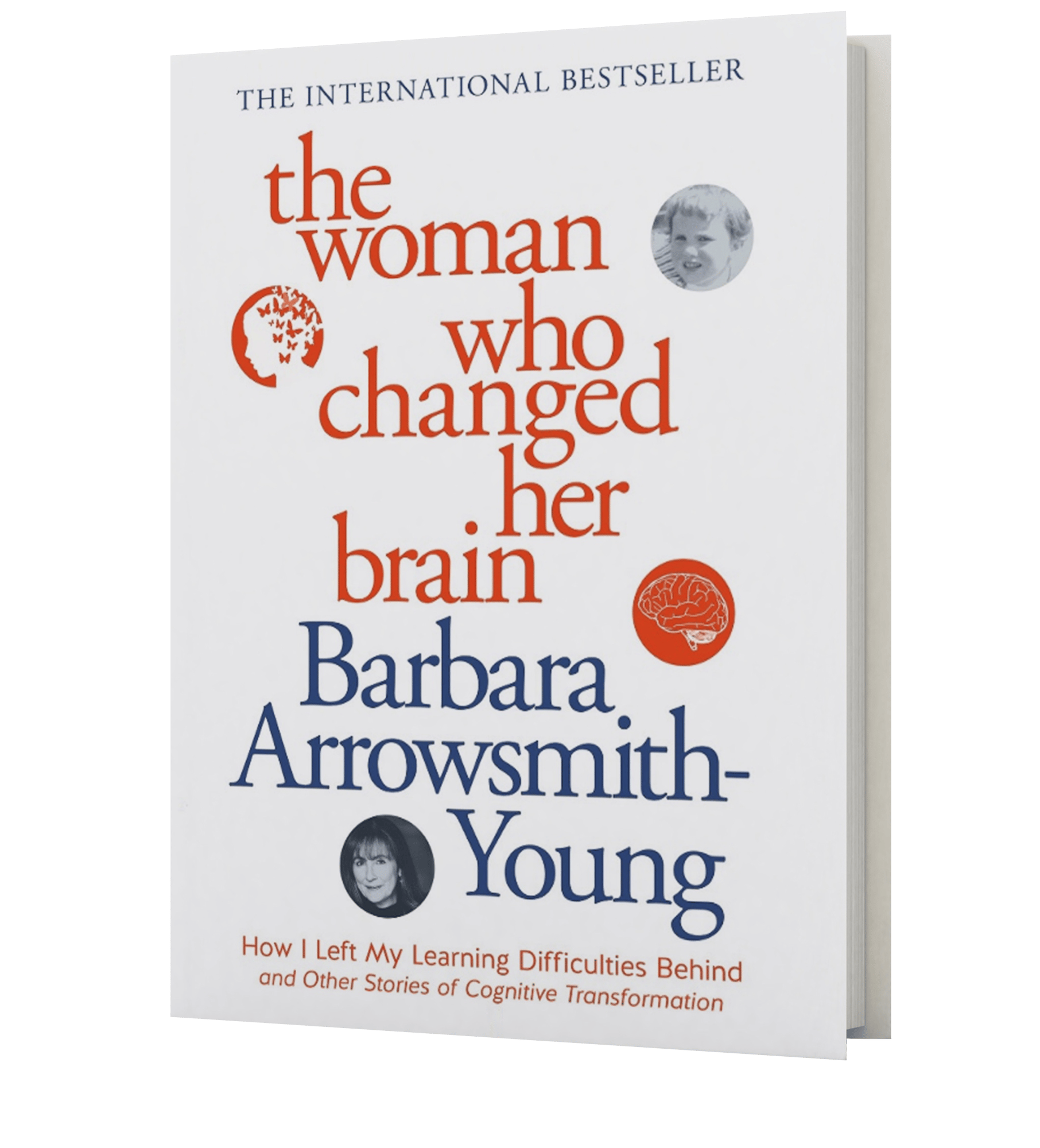With an estimated 5 to 20% of the population experiencing reading challenges, Dyslexia is the most commonly diagnosed learning disability.


As common as it is – the features of Dyslexia vary widely from person to person.
Why? Simply put: no two brains are exactly alike and there are a number of different cognitive functions that are essential for the reading process to develop smoothly.
Each individual given a label of dyslexia may have a different combination of underperforming cognitive functions leading to the diagnosis – so, as educators know, no two individuals with dyslexia are identical.
If any of these functions are underperforming, the process of reading will be impacted. If all four are significantly weak, the individual will not be able to read beyond an elementary school level.
Our Symbol Recognition function must recognize the word
If it’s not recognized and recalled, our Broca’s Speech Pronunciation needs to sound out the word
Motor Symbol Sequencing must guide our eye smoothly across the letters and words
Auditory Speech Discrimination must distinguish the speech sounds heard prior to associating them with the letters in words
Take our 30-minute cognitive profile questionnaire to start the journey into understanding your brain's strengths and weaknesses through a cognitive lens.
The Arrowsmith Cognitive Assessment, administered by an Arrowsmith trained professional, will provide you with an in-depth insight into your unique cognitive profile.
Dyslexia can involve cognitive functions responsible for processing what we read, understanding what we read, and remembering what we read. If any of these functions are weak, reading is impacted:

While there will be some commonality amongst dyslexic brains in terms of which cognitive functions are involved, differences occur between individuals with dyslexia in exactly which combination of cognitive functions, and to what degree of difficulty, they each manifest.
This explains why some struggling readers respond to a phonics-based program, some to a sight word approach, and others to a whole language approach.
The variance in cognitive profiles also explains why, despite enormous effort and funding spent on reading problems, there are still millions of people who are illiterate, who live extraordinarily difficult lives, all because the challenges of their unique cognitive profile have not been addressed.
Each cognitive function involved in reading can be identified and strengthened.
Studies show those participating in Arrowsmith accelerate their ability to read; and families report students are de-identified as having Dyslexia. Individuals develop a profound relationship with books and literature, now that they can read.
Determining which particular cognitive functions are causing one’s dyslexia, is the first and fundamental step in overcoming it.
If you or someone you know experiences dyslexia reading issues, and you want to know why, contact Arrowsmith today.
"Once you learn to read, you will be forever free."
Frederick Douglass (1818-1895)


You can find more information on this topic in Chapter 13, A Closed Book, of Barbara Arrowsmith-Young’s, The Woman Who Changed Her Brain.
I used to be at a grade 4 reading level and now a year later I am on a grade 7 level. Before I used to read the words but never understood what they meant. Now I can both read the words correctly and understand what they mean at my grade level in school.
My husband and I smile as we watch our daughter hide under the covers reading books with her flashlight. This was the young girl who a year ago in grade 1 couldn’t recognize the letters in her name or all the letters in the alphabet and who had been identified as having a significant reading disability. The Arrowsmith assessment identified that all the cognitive functions related to reading were weak. Fast forward a year after working on strengthening the cognitive functions related to reading, and you never see Anna without a book in her hands.
I have developed a new love in my life - ‘reading’. I have read 18 books in the last year!